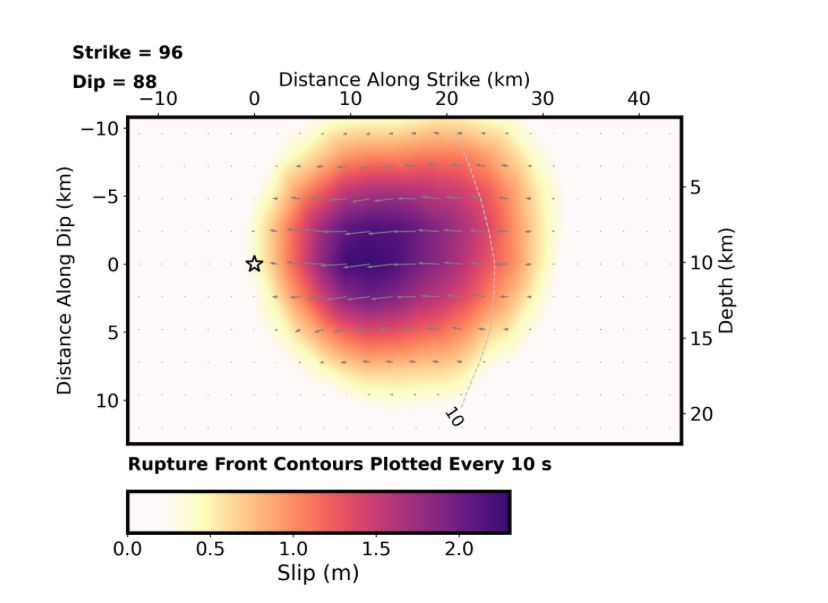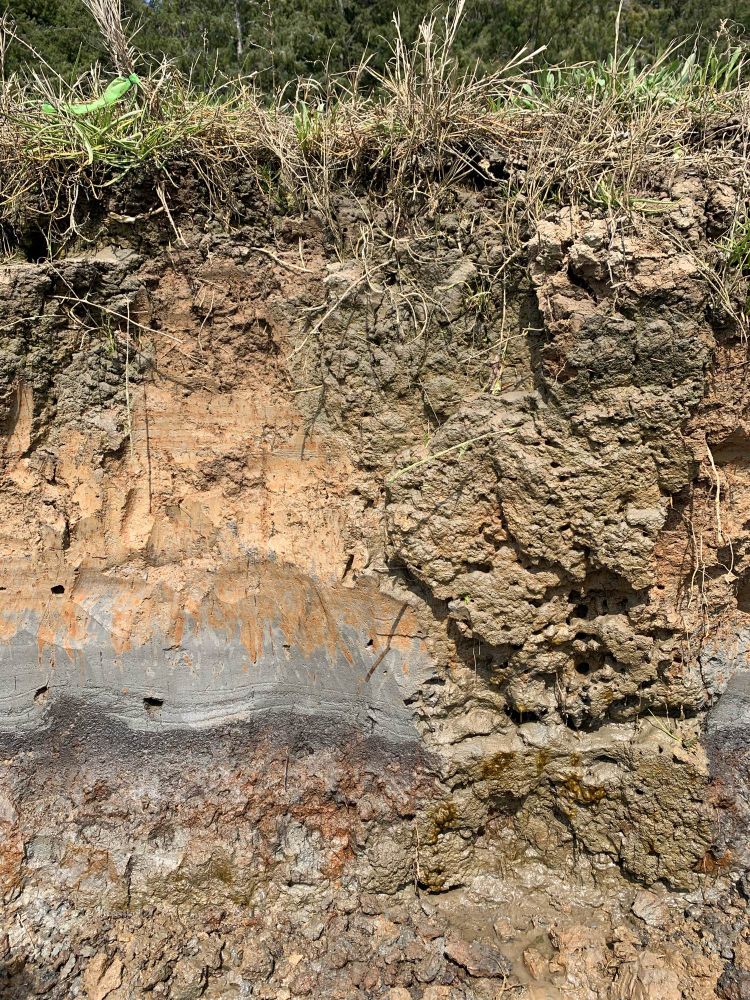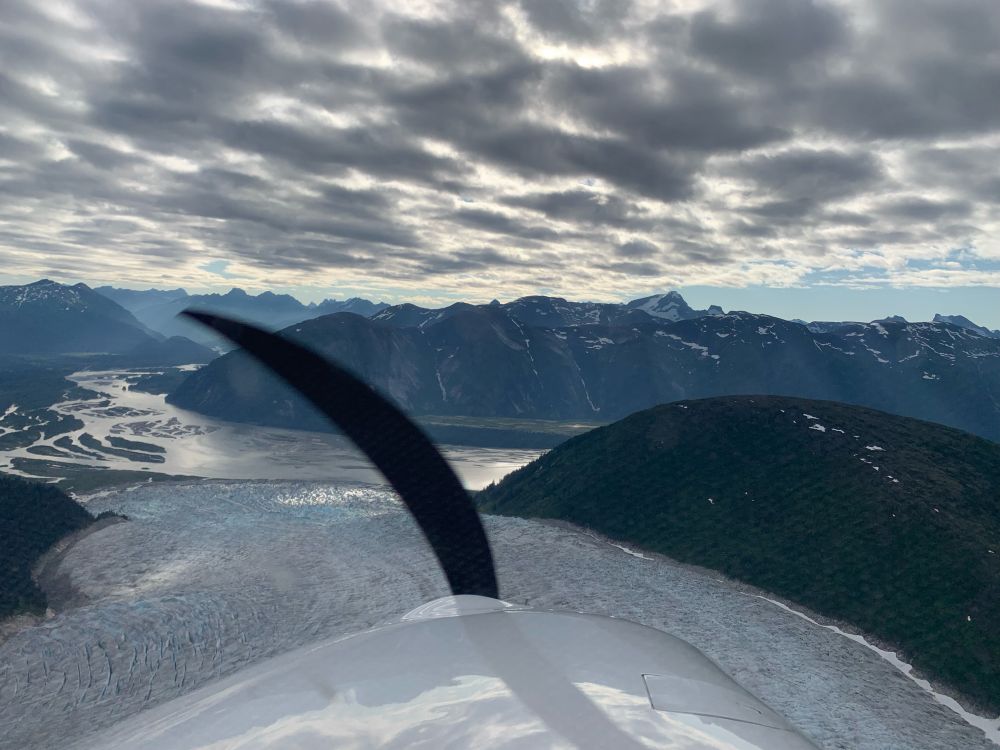
Views and opinions are my own.
You can report shaking at the DYFI tile: earthquake.usgs.gov/earthquakes/...

You can report shaking at the DYFI tile: earthquake.usgs.gov/earthquakes/...







earthquake.usgs.gov/realtime/pro...

earthquake.usgs.gov/realtime/pro...
earthquake.usgs.gov/realtime/pro...




earthquake.usgs.gov/realtime/pro...







If you felt this earthquake, report it to the US Geological Survey:
earthquake.usgs.gov/earthquakes/...

If you felt this earthquake, report it to the US Geological Survey:
earthquake.usgs.gov/earthquakes/...


